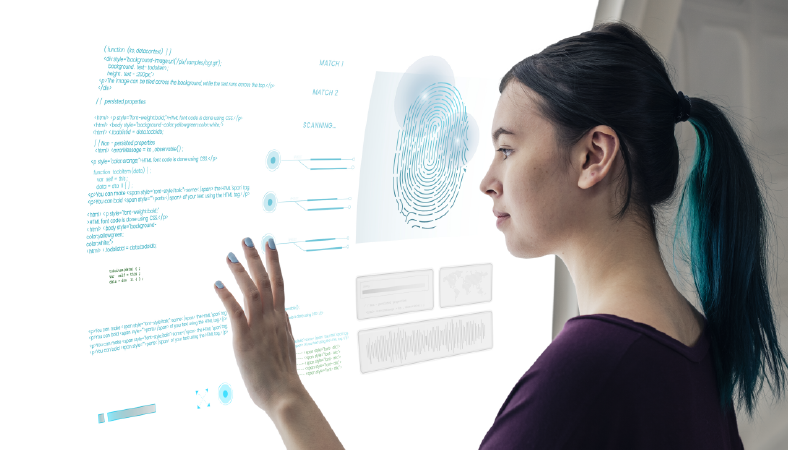Following society’s rapid digitisation over the last decade, one concern of the newly born digital society is the use of shared data within the broad concept of Big Data. Given the huge economic costs of hacks suffered by institutions and companies in recent years, there is an urgent need for a regulatory framework that protects data exchange with as much user control as possible.
History
In 2014, the European Union approved the eIDAS Regulation 910/2014, of 23 July, which establishes regulations to be followed in electronic identification of citizens, as well as electronic transactions within the EU’s internal market. In Spain it was implemented through Law 6/2020 of 11 November.
As a result, some aspects of electronic trust services were governed by a regulation that has become a global benchmark. These include trust in digital identification, deliveries, seals and certified deliveries, and document e-signatures.
Problem versus solution: the European wallet
However, there is a problem with this visionary legislation: it has not been able to make progress on cross-border identification systems. Today, there are actions that we can only take in our own country, determined by the recognition of our identity given to us by our home state.
To address the problem, the EU has proposed creating a European Digital Identity Wallet valid for public and private services in all member states. The idea was launched in June 2022 and is known as eIDAS 2.0.
The proposal is currently under parliamentary discussion, and its implementation will mean a paradigm shift in digitally identifying European citizens and businesses.
The future European Wallet will make it quick and easy to manage transactions, such as online and offline identification in any EU country. With it, we can confirm rights to reside, work or study in another EU partner country, as well as access public services to manage various formalities, such as applying for birth certificates, filing tax returns, or applying for university places. In the private sphere, we will be able to carry out everyday transactions such as renting a car, buying airline tickets, applying for a loan or simply proving that we are of legal age.
Key aspects
The revolutionary eIDAS 2 proposal aims to cover identification needs for 80% of the European population by 2030. To this effect, there are four aspects to be taken into account that will favour its successful implementation:
1. Cybersecurity and privacy. The adoption of a European wallet will depend on how citizens perceive the application’s security. Aspects such as design and privacy-friendly alternatives such as the “unique identifier per service” will be key.
2. Monopoly or competition from wallet providers. The Commission must decide whether it will operate through a single application endorsed by each state or leave citizens to choose between several options. The latter would undoubtedly encourage innovation and give users more choice.
3. Governance. In view of the increasing use of digital identity and its services, a European Digital Identity Board must be set up to ensure the legal framework is properly implemented.
4. Breadth of the digital identity framework. The eIDAS 2.0 should provide a broader framework for incorporating use of the internet of things, with a future creation of an “identity of things”.






